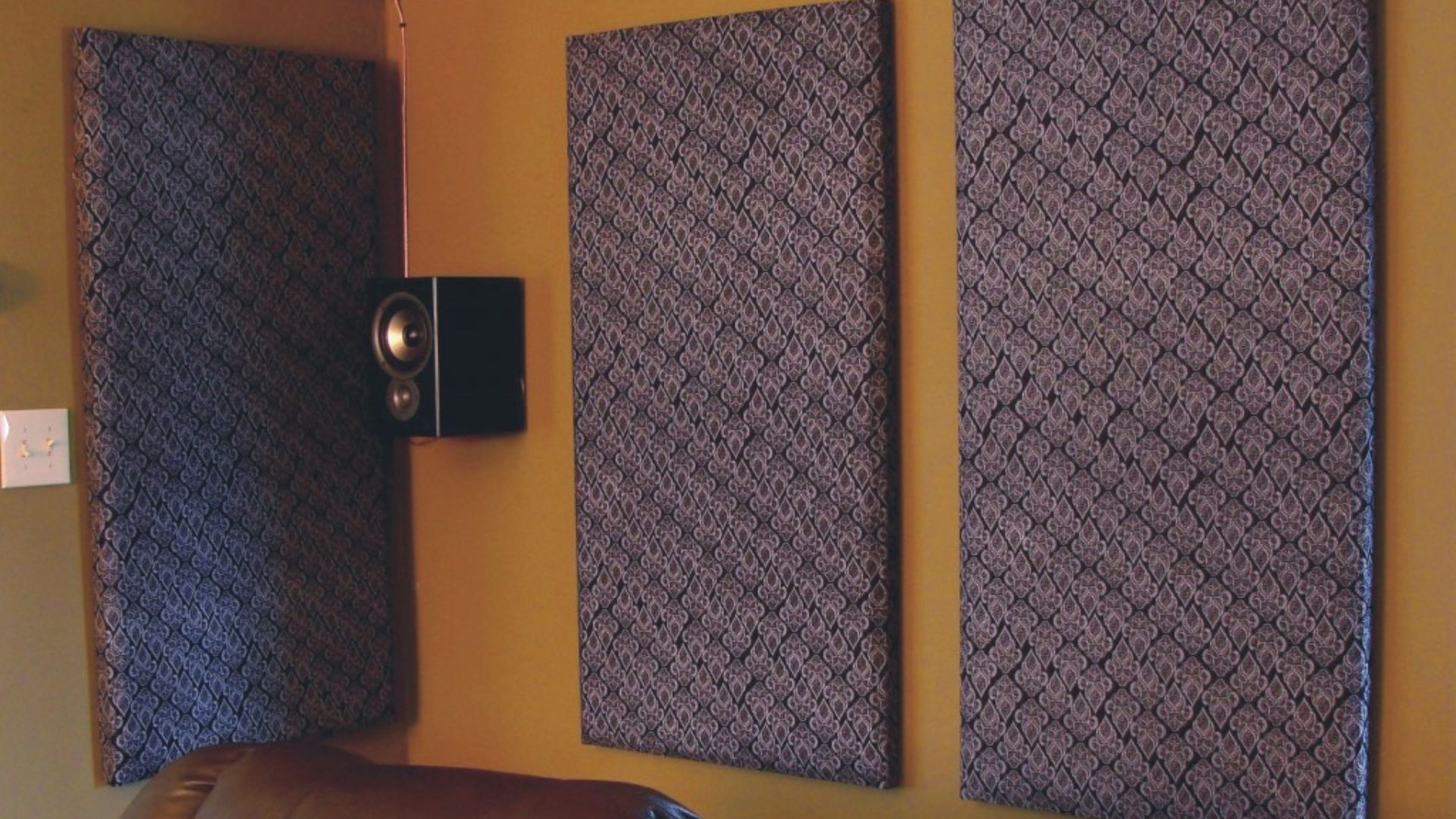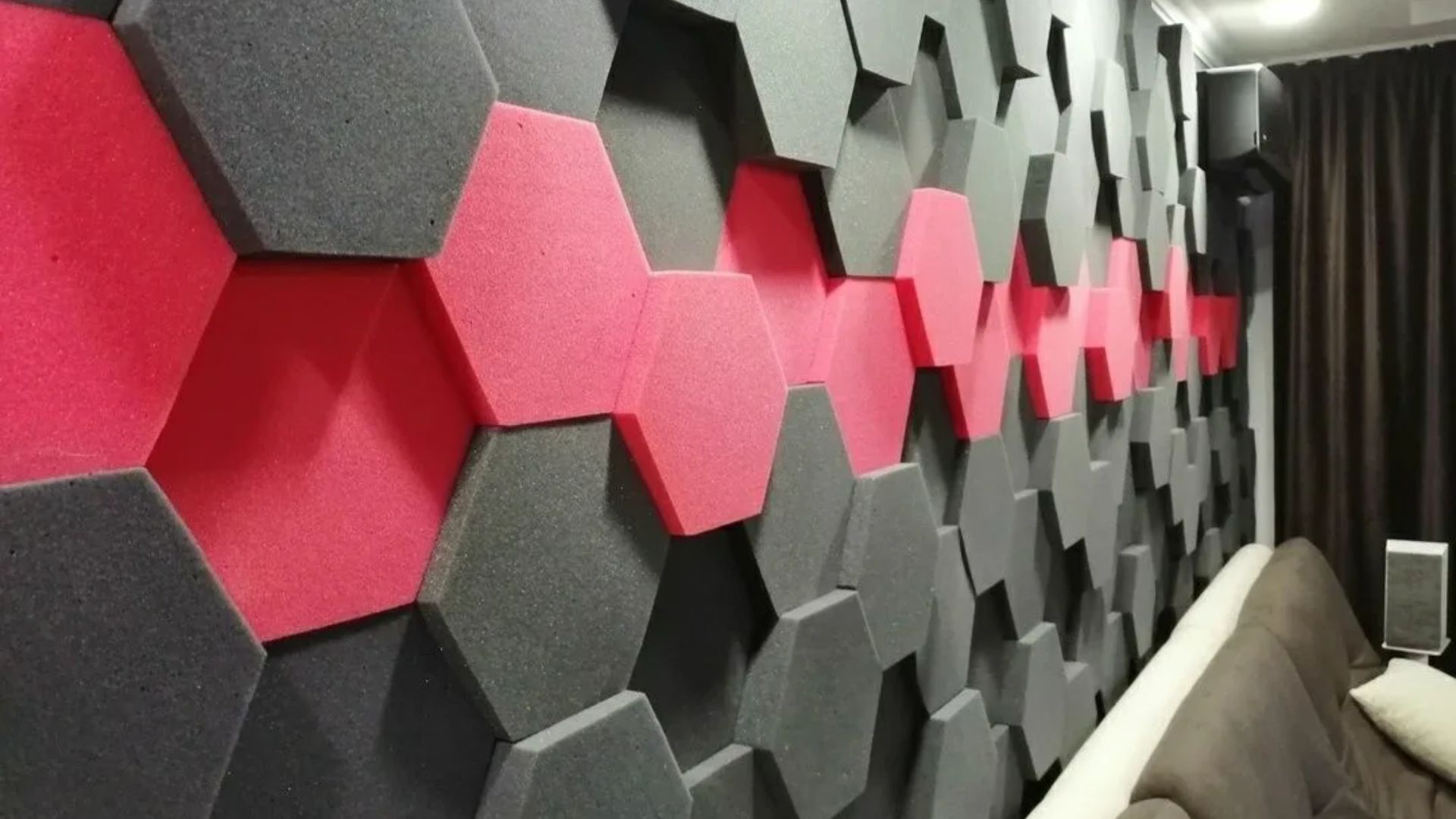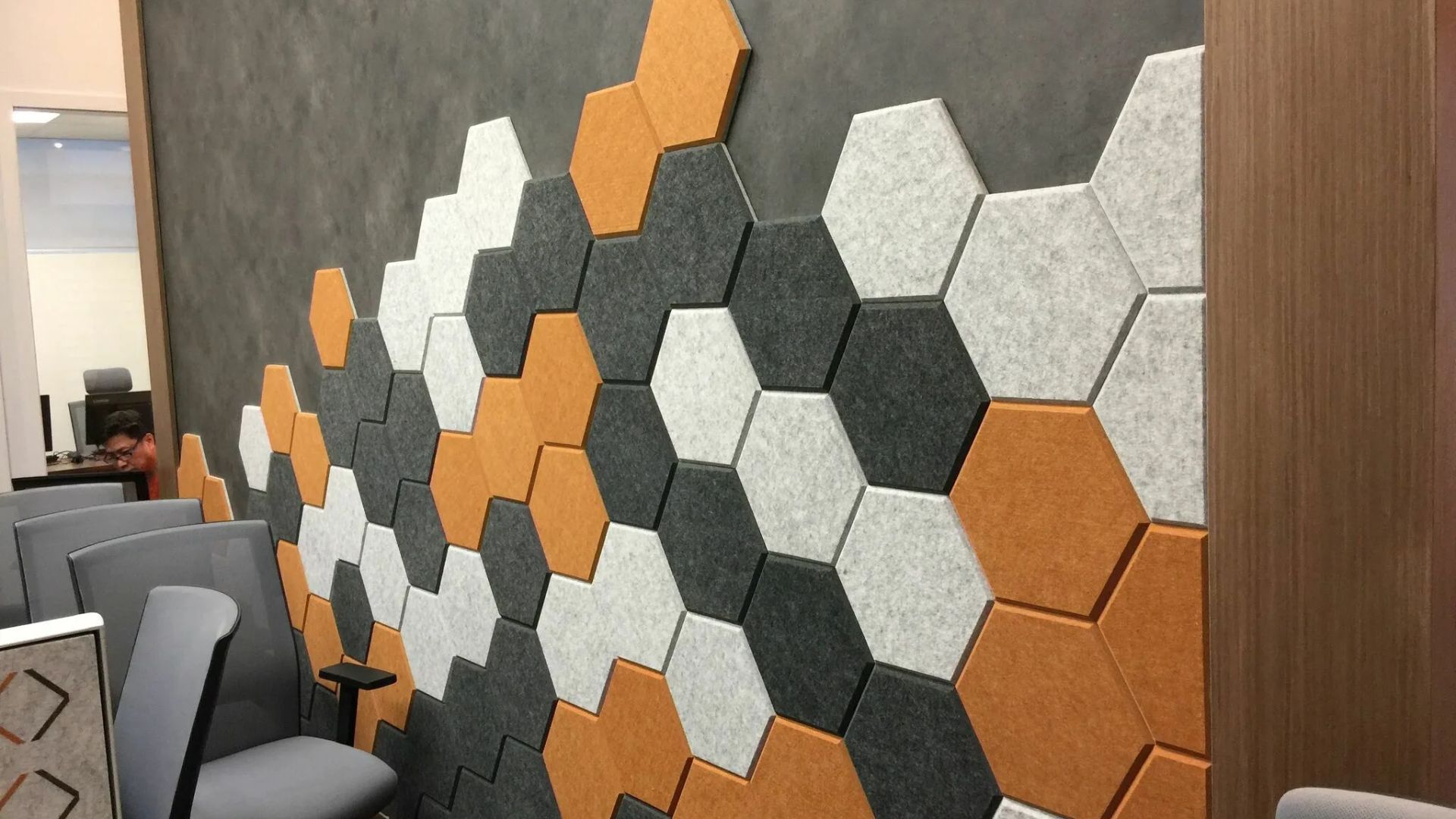
Introduction
In the hustle and bustle of modern life, finding solace in peaceful spaces has become increasingly challenging· The relentless barrage of noise from traffic, construction, and other urban activities can disrupt our well-being and hinder productivity· As our world becomes more interconnected, the need for Acoustic Noise Reduction Solutions has never been more crucial· In this blog, we explore the importance of cultivating peaceful spaces and delve into effective strategies for implementing acoustic noise reduction·

The Impact of Noise on Well-being
Noise pollution is not merely an annoyance; it can have profound effects on our physical and mental well-being· Constant exposure to high levels of noise has been linked to stress, sleep disturbances, and even cardiovascular issues· In workplaces and educational institutions, excessive noise can impair concentration and hinder cognitive performance· Recognizing the adverse impact of noise on our daily lives underscores the necessity of creating environments that promote tranquility and focus·
Understanding Acoustic Noise Reduction
Acoustic noise reduction is the science and art of minimizing unwanted sounds to create environments that foster peace and productivity· This involves employing various techniques and technologies to absorb, block, or diffuse sound waves· While complete silence may be unattainable in many settings, significant improvements can be made to reduce noise levels and create spaces conducive to well-being·
Strategies for Implementing Acoustic Noise Reduction
Architectural Design:
A fundamental approach to acoustic noise reduction starts with thoughtful architectural design· Incorporating sound-absorbing materials, such as acoustic panels, into the construction of buildings helps minimize the transmission of sound· Additionally, strategic placement of walls, partitions, and furniture can create barriers that prevent the direct path of noise, enhancing the overall acoustic environment·
Soundproofing Solutions:
Soundproofing measures, such as double-glazed windows and doors, play a pivotal role in creating peaceful indoor spaces· These solutions act as effective barriers against external noise, ensuring that the tranquility inside remains undisturbed· Soundproofing can be particularly beneficial in residential areas, offices, and educational institutions where external disturbances can significantly impact daily activities·
Acoustic Paneling and Ceilings:
Integrating acoustic panels and ceiling treatments is a targeted strategy for reducing reverberation and controlling sound reflections within a space· These panels, often designed with aesthetically pleasing patterns and materials, can be strategically placed to absorb and dampen sound waves· This not only enhances the acoustic quality but also contributes to the overall visual appeal of the environment·
White Noise and Background Music:
In certain scenarios, introducing white noise or soothing background music can effectively mask unwanted sounds· White noise, characterized by a consistent and gentle hum, can create a consistent audio backdrop that minimizes the impact of intermittent noises· Similarly, carefully curated background music can contribute to a calming atmosphere while helping to drown out disruptive sounds·
Green Spaces and Natural Elements:
Nature has a remarkable ability to absorb and diffuse sound· Integrating green spaces, such as gardens or indoor plants, into environments can contribute to acoustic noise reduction· The presence of natural elements not only enhances the visual appeal but also creates a more serene atmosphere, promoting a sense of well-being·

Conclusion
In the quest for peaceful spaces, the implementation of acoustics noise reduction solutions emerges as a critical aspect of modern design and urban planning· By recognizing the profound impact of noise on our well-being and productivity, we can take proactive measures to create environments that prioritize tranquility· Whether through architectural design, soundproofing solutions, or the incorporation of natural elements, the journey towards peaceful spaces is a multifaceted endeavor that benefits individuals and communities alike· As we strive to strike a balance between connectivity and serenity, the integration of acoustic noise reduction strategies becomes an essential step towards a more harmonious and sustainable future·


